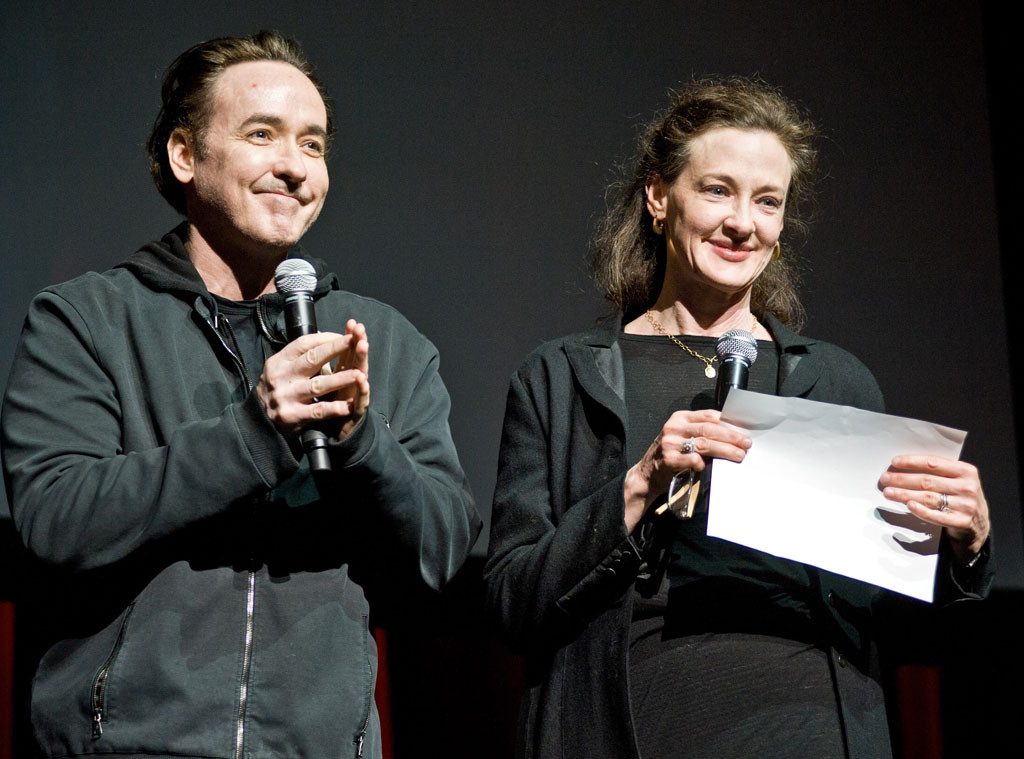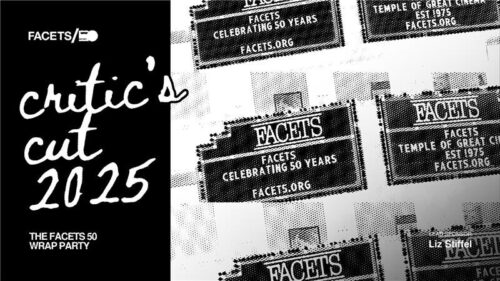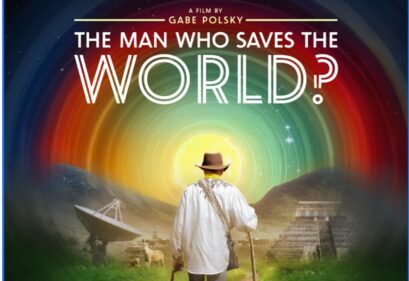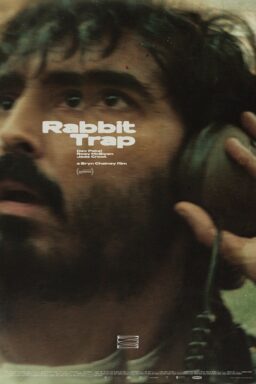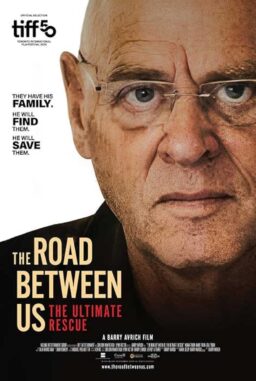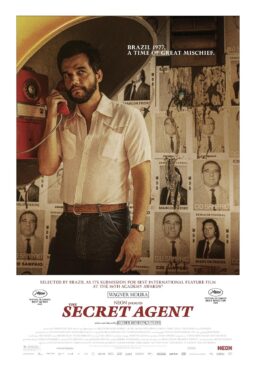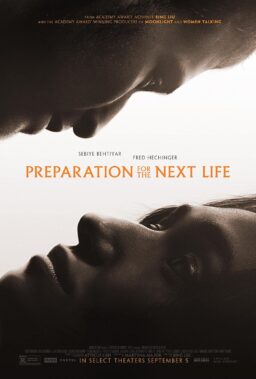Each day during this special week we will be highlighting the filmmakers and actors that Roger championed throughout his career. A table of contents for all of our “Roger’s Favorites” posts can be found here. Below is an entry on actors John and Joan Cusack.
Roger spotted John Cusack’s potential when the actor took on his first lead role in 1985’s “The Sure Thing,” citing the film’s “gifted young actors, Cusack and [Daphne] Zuniga,” in his three-and-a-half star review. Yet it was Cameron Crowe’s 1989 film, “Say Anything,” that won him over entirely, earning four stars from the critic. He wrote in his 2002 Great Movies essay that “Say Anything” depends on “the human qualities of its actors. Cusack and [Ione] Skye must have been cast for their clear-eyed frankness, for their ability to embody the burning intensity of young idealism.” He later hailed the film as “one of the best movies ever made about teenagers.”
After giving Stephen Frears’ 1990 crime drama, “The Grifters,” four stars, praising its “insidiously powerful” performances, and singling out John as the film’s “sympathetic center,” he sat down with the actor for an interview, and noted that he was much taller and more serious than he seemed onscreen. “In his face you can see an echo of the greatest of all film noir actors, Robert Mitchum,” Roger wrote, affirming him as one of the best actors of his generation. John would live up to that promise in numerous subsequent roles that Roger awarded with three-and-a-half stars, such as Woody Allen’s “Bullets Over Broadway” (1994), Don Bluth and Gary Goldman’s “Anastasia” (1997) and Menno Meyjes’s “Max” (2002), in which the actor portrayed an art dealer and friend of Hitler as “a man of empathy.”
John had the lead role in Spike Jonze’s 1999 debut, “Being John Malkovich,” a film that earned a rapturous four-star review from Roger, and ended up at the top of his Top Ten List that year. Even in films that Roger didn’t recommend, the critic found a great deal worth recommending about John’s work. In his two-and-a-half star review of “Grosse Point Blank” (1997), Roger wrote, “John Cusack is one of those rare actors who can convincingly look as if he is thinking about words of many syllables.” And in his two-star review of “Must Love Dogs” (2005), Roger wrote that John has “a gift of intelligent speech that no doubt inspires discerning women to let him know, one way or another, that he can have his way with them if he will just keep talking.” Roger also admired how John projected “tenderness and kindness” in films such as 2007’s “Grace is Gone,” where he portrayed a widowed father. In his three-star review, Roger wrote that John delivered a great performance that was better than the movie that contained it.
Perhaps Roger’s most personal reaction to one of John’s films occurred in his four-star review of the Chicago-set comedy, “High Fidelity,” which re-teamed the actor with his “Grifters” director, Stephen Frears. Roger wrote that the characters were so recognizable, that he felt that he “could walk out of the theater and meet the same people on the street—and want to, which is an even higher compliment.” He said that the film perfectly captured the “alternative-lifestyle industry” of communities like Wicker Park, where the film was shot, and that John’s character was “someone I have known all my life. He is assembled out of my college friends, the guys at work, people I used to drink with.”
The critic also had plenty of praise-worthy things to say about John’s sister, Joan Cusack, granting two of her early films, “Broadcast News” (1987) and “Working Girl” (1988), four stars. The latter film, directed by Mike Nichols, earned Joan her first Oscar nomination for Best Supporting Actress, and she would be nominated again nearly a decade later for her scene-stealing role in Frank Oz’s “In & Out” (1997), where Roger noted she was “well-matched” with her co-star, Kevin Kline. Roger hailed her as “a natural comedian” in “Addams Family Values” (1993), and often found her roles a welcome addition to any given film. She brought “new life” to the cast of “Toy Story 2” (1999) “by confronting the others for the first time with a female character who’s a little less domestic than Mrs. Potato Head.” She also “navigated around the cliches” of “My Sister’s Keeper” (2009), and subverted the stereotype of school principals as being “standard old prunes” in “School of Rock” (2003). Her character, Roger wrote, was “a good soul who loves her school and has been rumored of being capable, after a few beers, of getting up on the table and doing a Stevie Nicks imitation.”
At the memorial ceremony held for Roger at the Chicago Theatre soon after his death, John and Joan appeared onstage together and honored the critic’s legacy in warmhearted and amusing fashion. After Joan read a letter sent directly from President Barack Obama and First Lady Michelle Obama, John reflected on the impact Roger had on the film industry. “He was always supportive of artists and he always gave you a fair shake, and I always saw him in that Chicago tradition of Studs Terkel and Mike Royko,” John said. “When he was reviewing your film, his writing would be better than the writing in the film. It’s annoying how good of a writer he was.”
